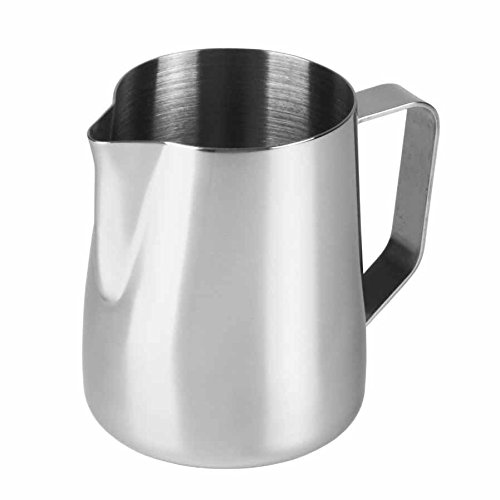'8 things you need to know before buying a coffee machine' reveals a home tech expert
Feeling bean-boozled? Our tips will help you invest wisely and find the perfect machine to turn a kitchen into your favourite café
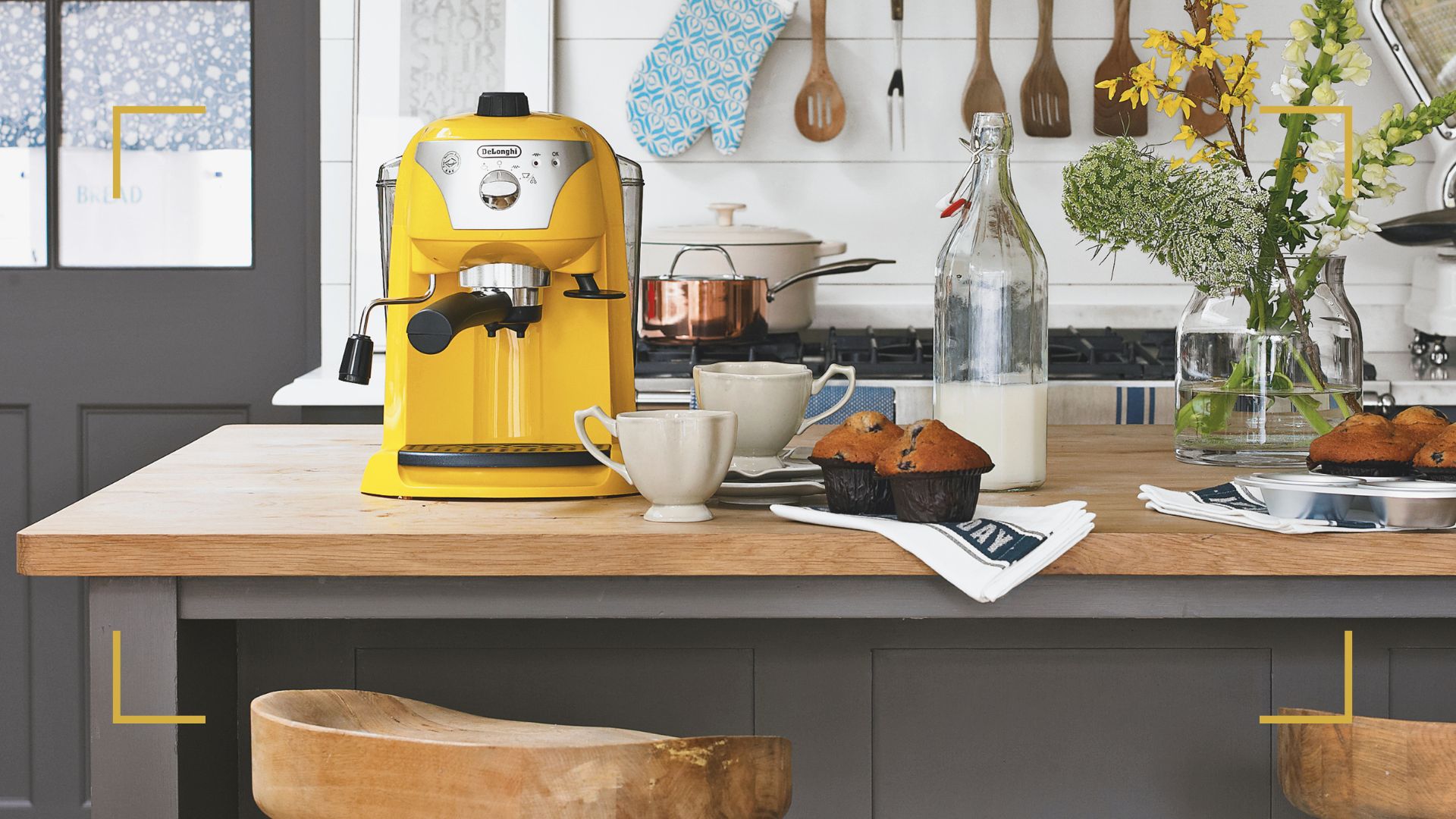

Once upon a time, making coffee meant spooning instant granules into a mug, adding a bit of hot water and milk, and then tolerating the taste. But thankfully, things have come a long way since then.
Now, the best coffee machines boast more features than a family hatchback. From self-cleaning cycles and automatic milk frothing, even apps that let you start brewing from bed – it can be a minefield to navigate when you don't know what you're looking for.
With prices ranging from fairly affordable to a small fortune, it pays to know your options and the capabilities of certain models before making a purchase that could jeopardise your coffee-making abilities. Fear not, as a former Consumer Editor, there's very little I don't know about coffee machines, so I'm the right person to help.
What you need to know before buying a coffee machine
I'm giving you the benefit of my own experiences and those of our favourite coffee experts to expose all the important questions you need to ask yourself before purchasing a coffee maker.
That way, whether you’re after café-quality cappuccinos or a simple drink that makes the mornings marginally more bearable, you'll find a machine that's worth your hard-earned pounds...not to mention the precious space on your organised kitchen countertop.
Decide if coffee is a hobby or just a convenience
"Choosing a coffee machine really comes down to your lifestyle and what you enjoy most about coffee," says Steven Carter-Bailey, Great British Bake Off finalist and ProCook food expert.
"Pod machines are brilliant for quick, consistent results with minimal mess, while barista-style machines give you more control over flavour, strength and texture and embody the 'cafe at home' vibe – perfect if you like experimenting or enjoy the meditative process as much as the coffee itself."
Sign up to our free daily email for the latest royal and entertainment news, interesting opinion, expert advice on styling and beauty trends, and no-nonsense guides to the health and wellness questions you want answered.
Type of drinker | Type of machine | Price | Coffee flavours | What to expect | Typical brands |
Casual | Pod, filter, cafetiere | £50-150 | Good, everyday coffee - limited customisation | Simple operation, convenient pods | Nespresso, L'OR, Lavazza, illy |
Enthusiasts who wants to learn the basics | Manual espresso machines (and more elaborate pod and filter machines) | £200-350 | Better flavours - requires some skill (and a grinder) | More control over grind, tamp, and extraction | De'Longhi, ProCook, KitchenAid, Ninja, Philips |
Home baristas who want café style results | Semi-automatic and professional espresso machines | £350-700 | Nuanced coffee flavours (close to unbeatable) | Premium build quality, better milk steaming, consistent flavour | Sage, De'Longhi, Gaggia |
Coffee lovers who don't want to lift a finger | Bean-to-cup | £150-1000 | Flavours and coffee options range massively - research goes a long way | Hands-off coffee brewing | Philips, De'Longhi, JURA, Siemens |
Isabella Forgione, coffee machine expert at AO.com, has a similar take to Ben: “Budget coffee machines in the £50 to £150 range are ideal for casual coffee drinkers, but if you’re looking for café-style coffee then you’ll need to put your money where your mouth is to get precise temperature control, consistent crema and the quality you'd expect from a trip to the coffee shops," she says. "Spending more does make a difference, but if you only drink one flat white in the morning, you might never use half the features on a £1,000 machine.”

"If making coffee is something that you really want to get into, and enjoy the process, you can spend anywhere from £200 up to £9,000 or £10,000 on home equipment," says professional barista Ben Lewis. But his advice, if you haven’t bought a coffee machine before, is to start with an affordable, manual model.
“Aim for something in the £200–£250 range that’s more of a traditional espresso machine. You’ll have to do things manually, with a steam wand to froth the milk, and a portafilter that you load with ground coffee and 'tamp' – in other words, press the coffee down into yourself."
"If you enjoy the process, you can then move up to a £500–£600 machine with a grinder or dual boiler," adds Ben. "Once you’re hooked, it's worth spending more.”

Ben Lewis, A.K.A. Barista Benji, is a latte artist, barista trainer, and content creator with over a decade of experience in specialty coffee.
Crowned the UK Latte Art Champion in 2025 and achieving Top 10 globally with designs such as the ‘Milk-Spill Fish’ and ’Sonic the Hedgehog', Benji is now sharing the skill with as many people as possible, through promotional work, events, training and social media (@barista_benji). He is also co-owner of specialty coffee roastery: Blue Hour Coffee.
Our top 3 coffee machines recommendations
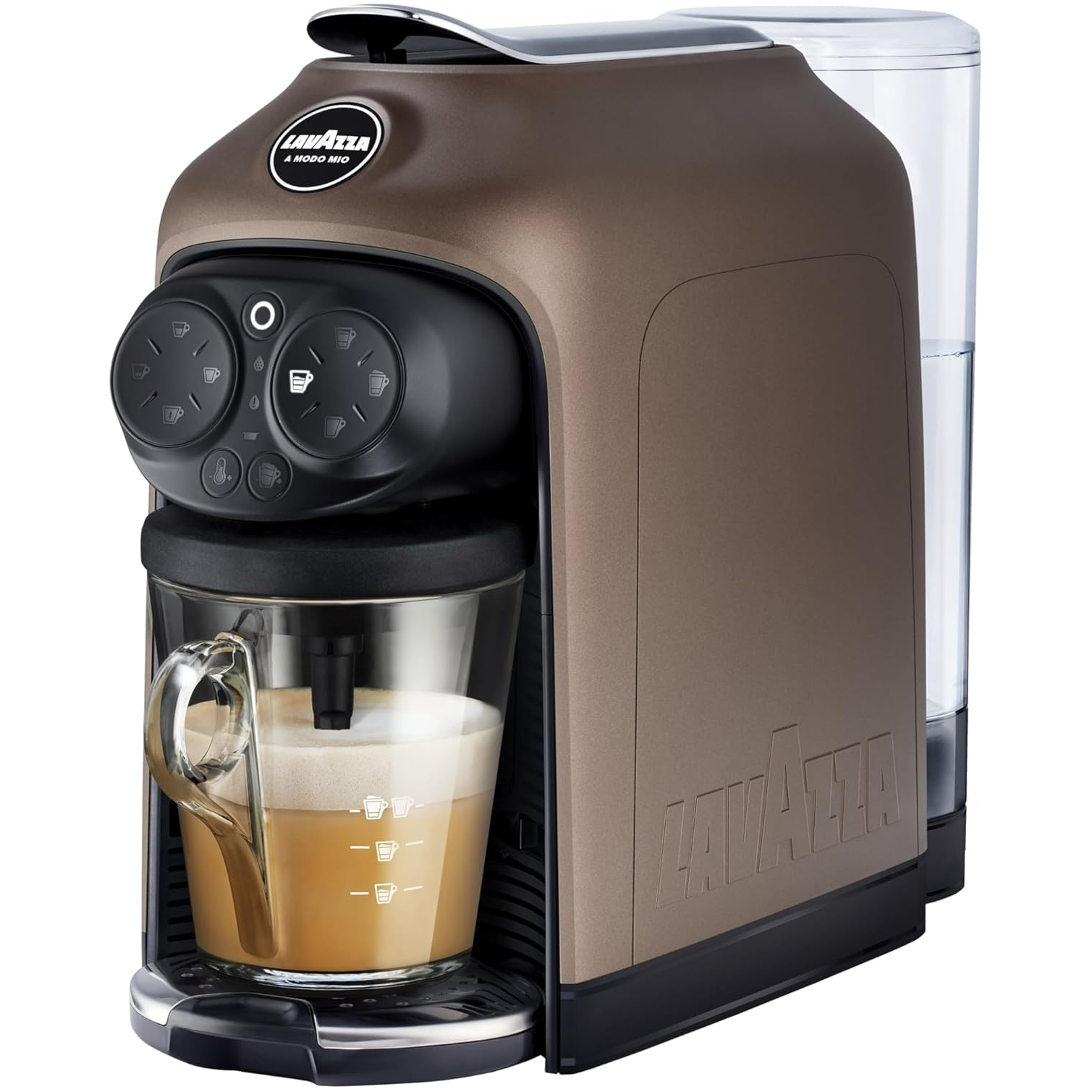
Experiencing fresh coffee flavours in a pod machine can be a challenge, but the Lavazza A Modo Mio Deséa has it perfected. With an integrated milk frother, this machine operates more like an advanced espresso machine, but with the convenience of pop-in pods.
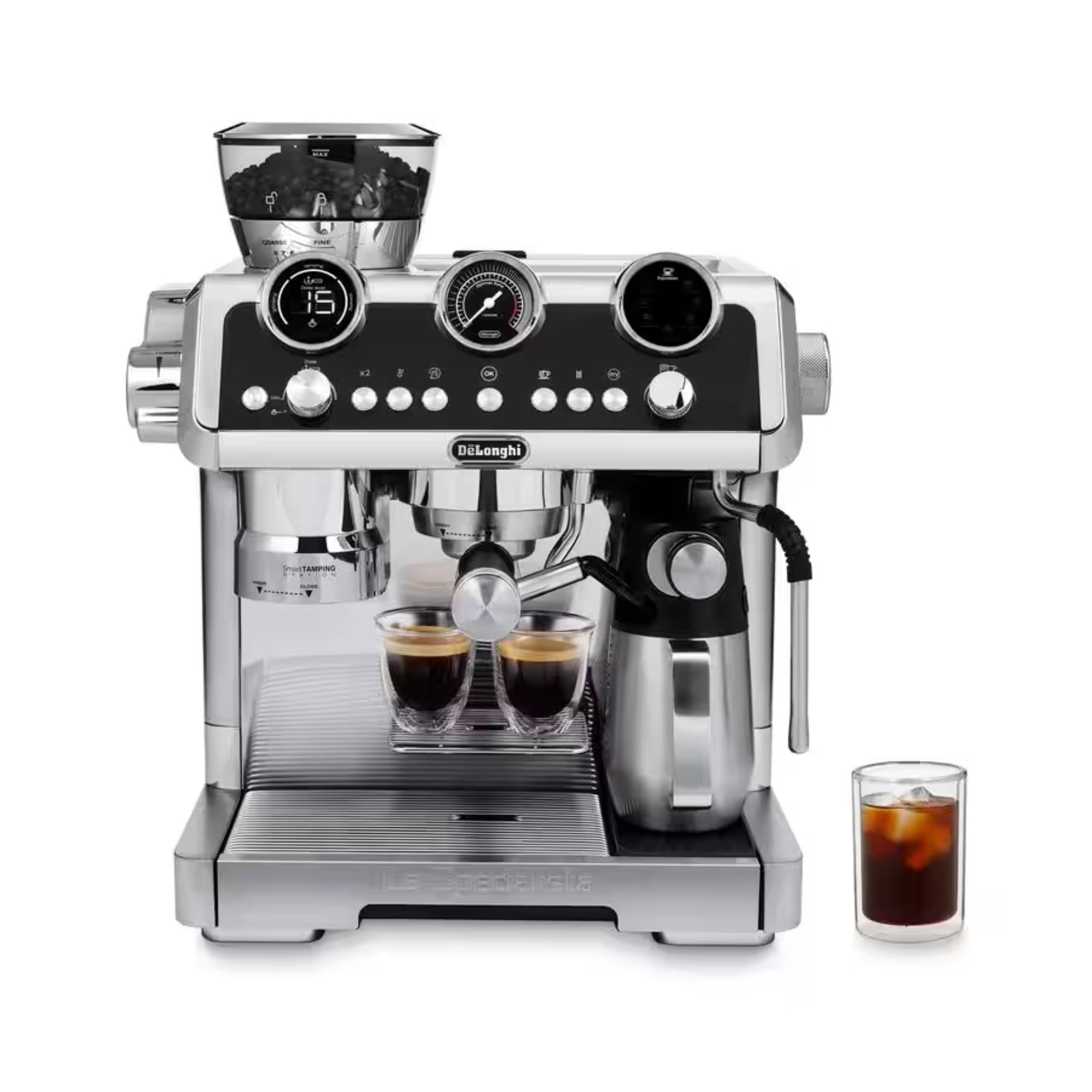
This smart, techy-looking espresso machine offers all the manual controls that any experienced barista could ask for, but with helpful aids to support beginners. You can make everything from an oat milk cappuccino to a cold brew in this capable coffee machine.
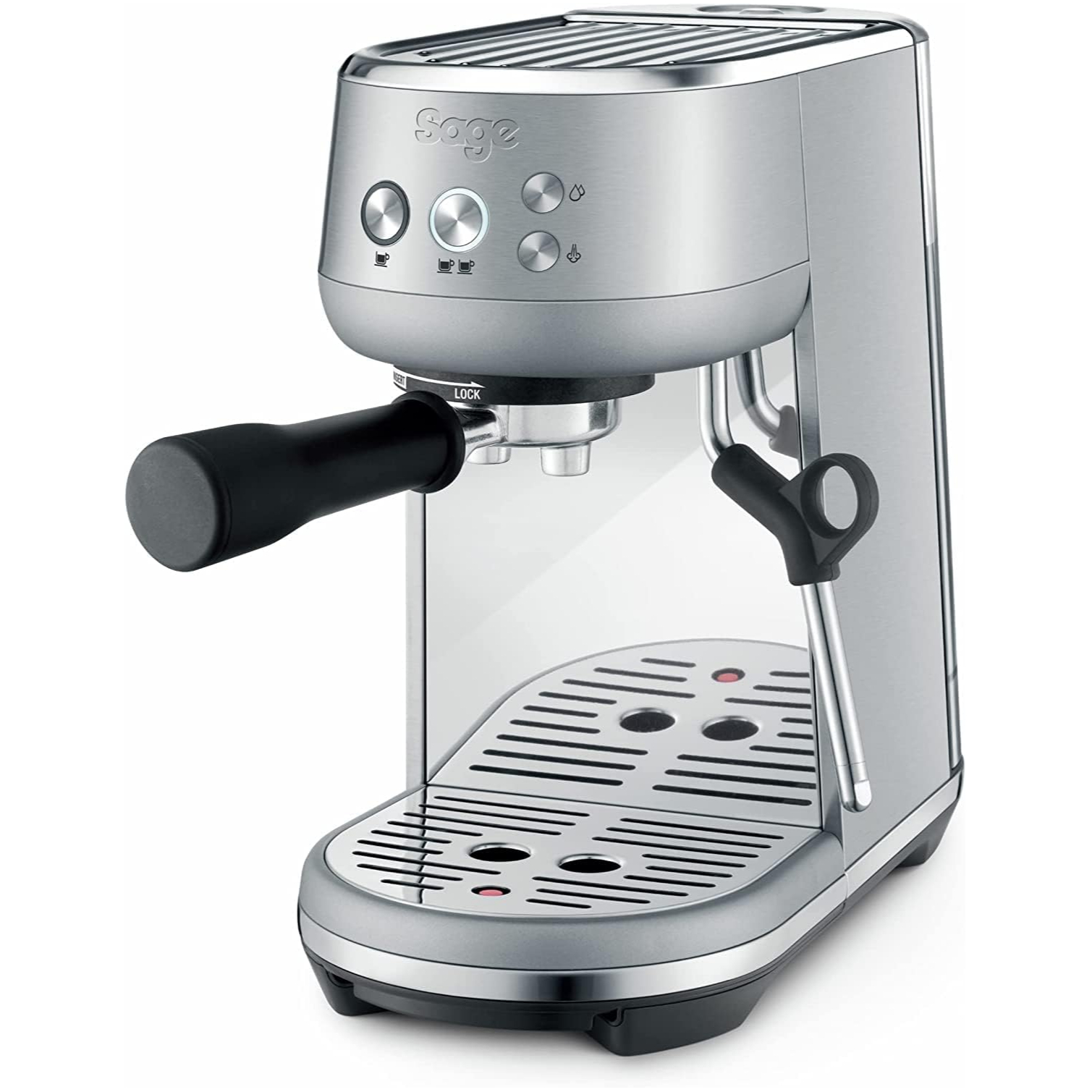
The Bambino is the Sage's most affordable model, yet it still features the revered high-tech brewing you'll find in much more expensive machines. It heats up fast, powerfully steams milk, and takes up a fraction of the space of most espresso machines. It's the one all smart baristas have at home.
1. Pod coffee machines can be fantastic – but do your research
Pod coffee machines get something of a bad press (excuse the pun) from coffee aficionados. "The choice between pods and grounds is essentially a trade-off between speed and the authentic full coffee experience," says Robyn Parker, brand and category manager at De’Longhi. "While pods offer convenience, we believe freshly ground coffee delivers a more sensuous, complex flavour profile."
That said, we believe there's a place for them. “Pod coffee machines like Dolce Gusto, Nespresso and Tassimo are a quick and consistent choice – perfect if you’re eyeing up a morning coffee that’s reliable," says Isabella. "The pros of these machines are that they're minimal faff and easy to fit into small kitchens or shared flats. Yet the pods themselves can be pricey, and you can end up tied to that machine’s brand."

Nespresso's lines are geared towards making espresso
Before you buy, consider the kind of coffee you want from your machine. Nespresso's Original and Vertuo lines are geared towards espresso and longer coffees only, whereas Dolce Gusto and Tassimo also have capsules for teas, hot chocolates and instant milky coffee drinks that don't require the use of a steaming wand.
People do tend to be snobby about pod machines, but Ben believes standards are rising, especially if you opt for an Original Nespresso pod system machine. “A lot of really great roasteries are creating their own pods now, and they’re taking it seriously," Ben says.
"They’re not just roasting coffee and ramming it into a pod — they’re working on how it tastes from the pod. Colonna in Bath was one of the first to really focus on pod coffee, and they do it exceptionally well. As do Assembly over in London."
2. You'll need to buy a water filter
It doesn’t matter how much you spend on your coffee machine – if you’re filling it with tap water, you’re likely shortening its lifespan.
“Water makes all the difference when it comes to maintaining your coffee machine,” says Ben. “Filling your tank with filtered water, rather than straight from the tap, is the single best thing you can do to keep your machine alive, and your coffee tasting great.”
“If you don’t use filtered water, any machine you buy will probably develop issues or even break within months. I’ve only ever used filtered water in my machine for about four years, and it’s still completely fine. But I know people who’ve bought new coffee makers, filled them with tap water every day, and they’ve clogged up within two months.
So before you get carried away buying other coffee station accessories, Ben wants to leave you with this bit of advice: “Spend the extra £30 on a Brita or other water filter jug. It’ll capture the minerals your machine doesn’t need – and it’s the best investment you can make.”
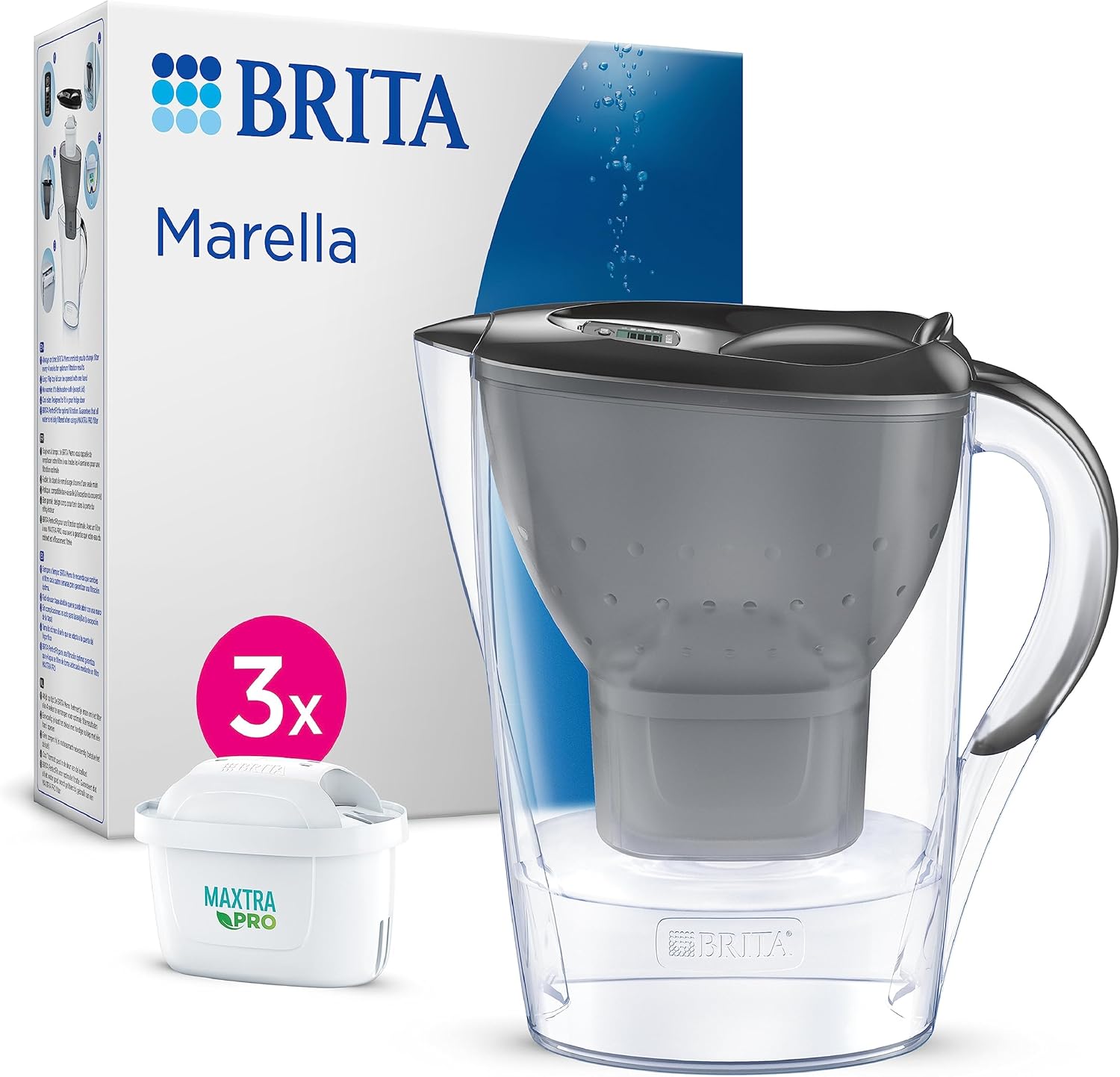
RRP: £35 | This 2.4L starter pack includes three Maxtra Pro Pure Performance cartridges and a fridge-fitting jug with digital display.

RRP: £21.99 for a pack of 6 | These replacement filters are designed for the Delonghi Ecam Series, Dinamica, Cappuccino System, Magnifica, Etam Autentica and Various Models From Esam.
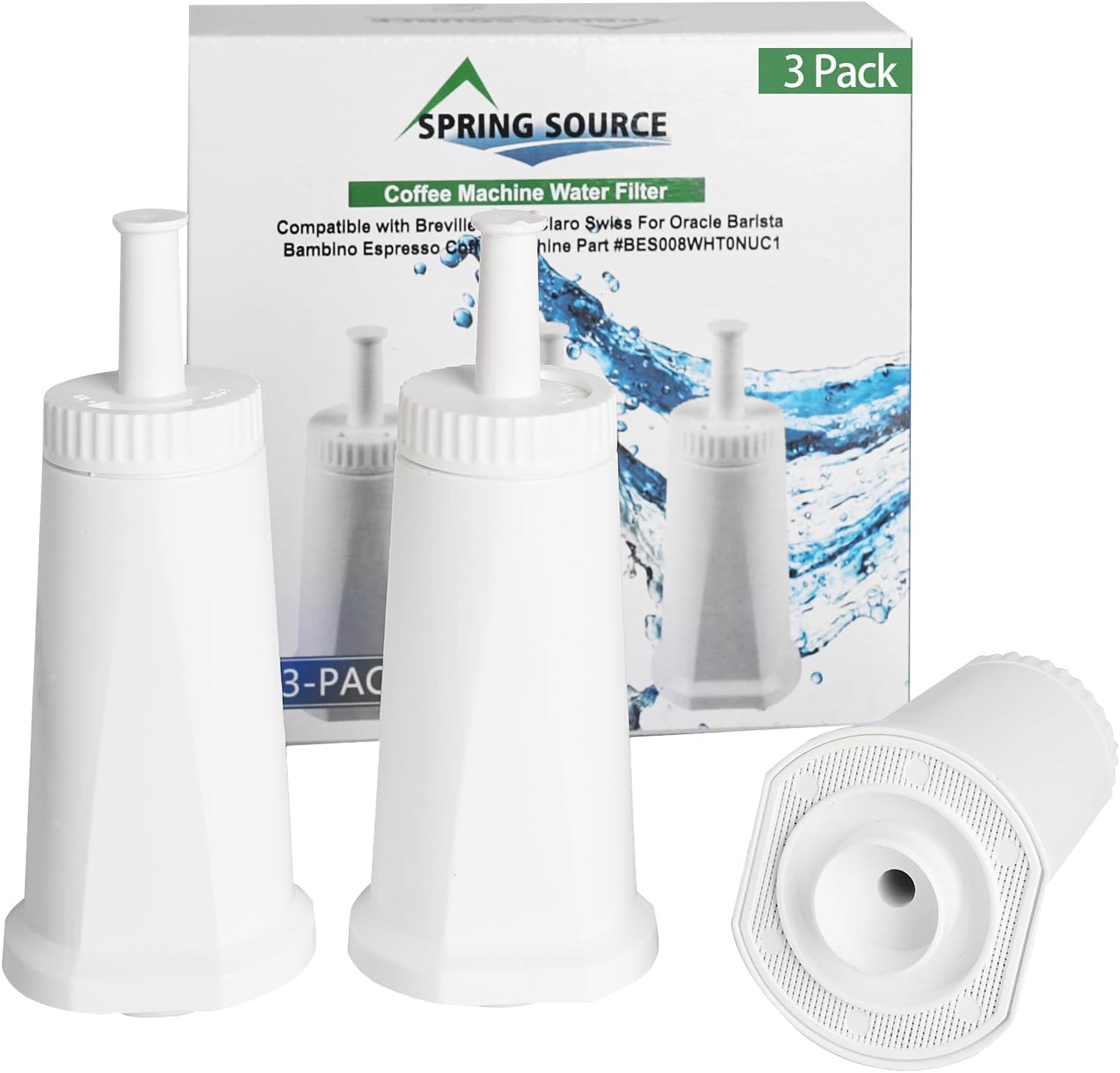
RRP: £15.99 for a pack of 3 | These cartridges are for Sage Coffee Machine Models Ses 990/980/500/878/875/880/920/810, Appliances Bes008 Softener for Sage Barista Express Water Filters.
3. If you love milky drinks, a steam wand and boiler is key
"If you love lattes or cappuccinos, a steam wand or built-in milk frother is worth having, but if you tend to drink black coffee, it’s an unnecessary extra," says Steven.
"Steam wands let you control texture and temperature, which allows for a perfect café finish," says Isabella. "There is a knack to working one, so it’ll take a little practice not to scald your milk or make huge bubbles in your brew." Alternatively, a milk frother will simply 'texture' the milk to the perfect consistency and temperature, depending on the drink you select, then dispense the right amount into your drink.
Whichever option you choose – manual wand or automatic dispenser – Ben recommends buying a machine with multiple boilers, with one dedicated to steam for perfect milk. "That’s where pressure really matters. It gives you consistent, high-quality steam so you can make multiple drinks and even practice latte art. It’s more fun when you can do that properly," he says.
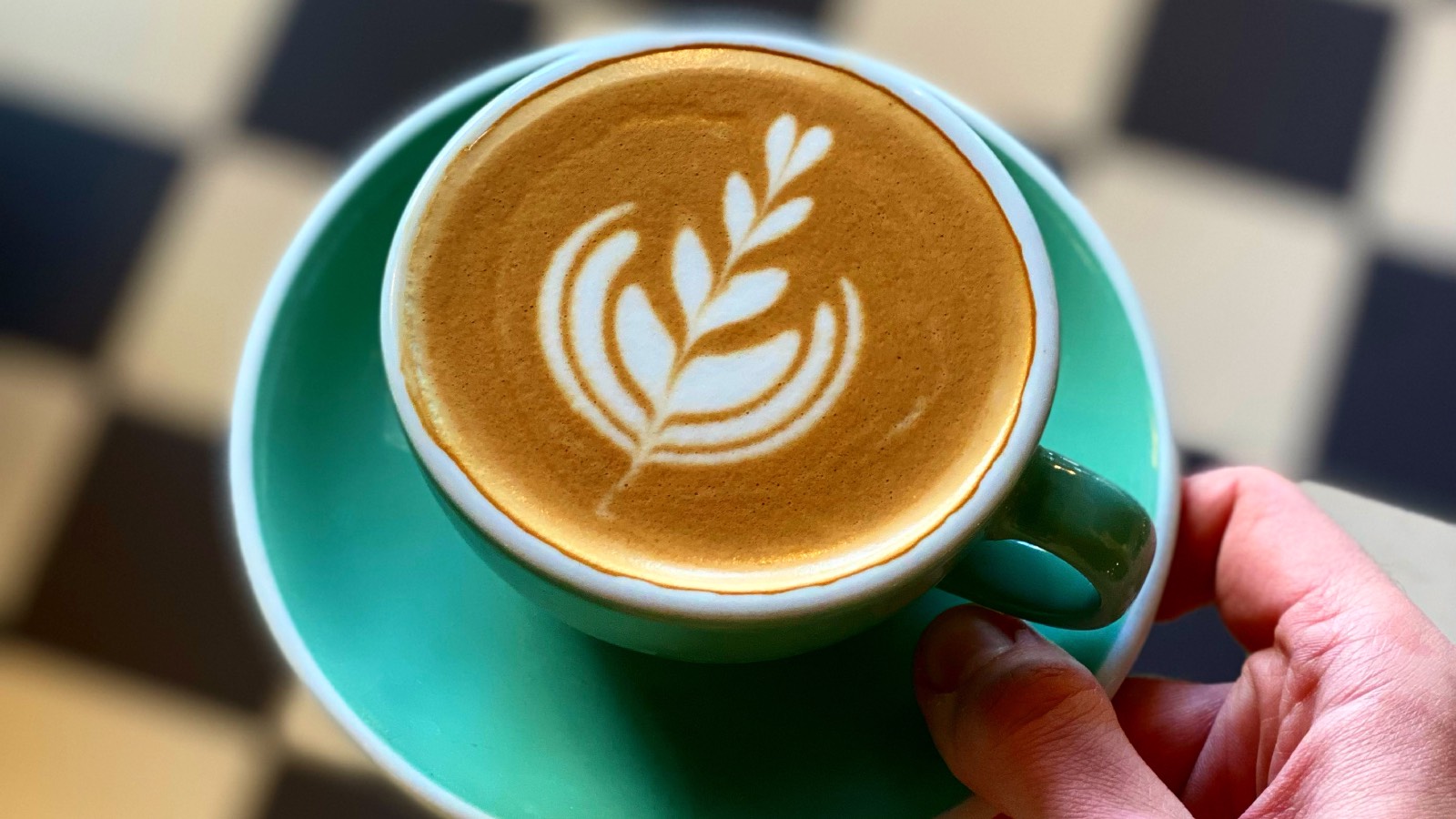
We'd recommend also investing in a stainless steel jug to put your milk in – you'll know when it's at the perfect temperature when the jug becomes just that bit too hot to hold comfortably.
4. Freshly ground beans taste the best
Anyone obsessed with the taste of their espresso or lungo should consider getting a grinder – either a standalone model or a bean-to-cup machine.
“Always grind fresh beans because the coffee will taste better," says Ben. "Coffee is the seed of a fruit, and when you grind it, it starts to oxidise, just like an apple going brown. As soon as this happens, the flavour and aroma start to deteriorate. It still tastes like coffee, but nothing will beat the flavour of a drink made within 30 seconds of the beans being ground.
"Standalone grinders are generally better – they’re more consistent, easier to clean, and grinder companies focus more on grinding technology than espresso machine companies do,” says Ben, who is a particular fan of Italian Eureka grinders. "They're very consistent, and they have a lot of optional settings. If you're just getting into it, you can have a very simple setup, but as you get into it, you can invest in models that grind coffee by weight and can help you dial in your coffee to make it taste as good as possible."
That said, you will have the ability to tweak the grind on advanced bean-to-cup machines. "Our higher-end machines feature clever systems like Bean Adapt Technology, which intelligently fine-tunes the grinding and brewing settings for your specific beans, and unlock extensive drink variety, including everything from classic espresso to smooth cold brew," says Robyn at De’Longhi.
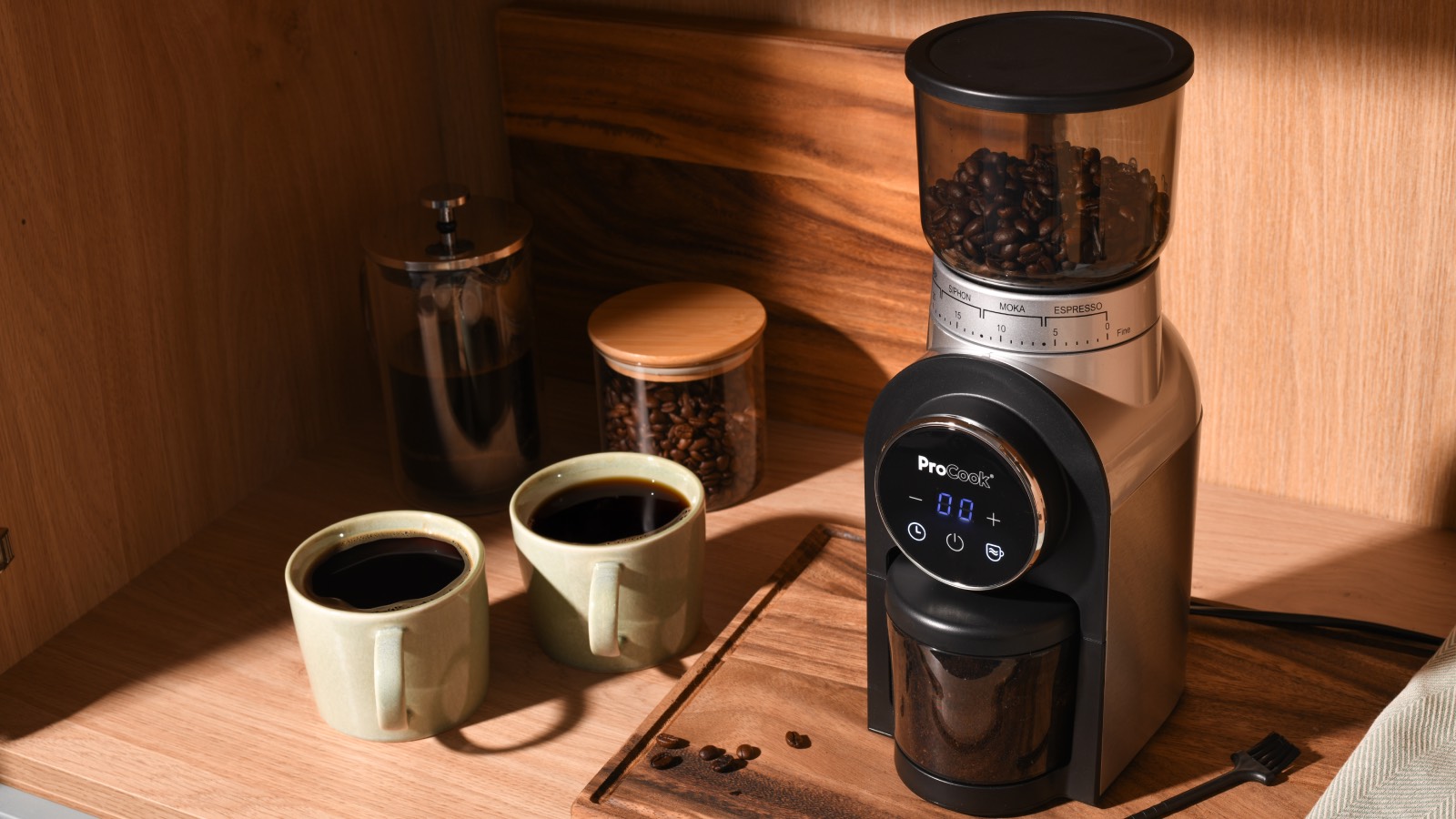
5. Cleaning and maintenance are essential considerations
“Your coffee machine, whatever its model, will need a lot more care than you may realise," says Isabella at AO.com. "Over time, milk residue and limescale can ruin taste, affect performance and simply lessen the hygiene of your machine’s brew."
Having owned every type imaginable, this writer can attest that the effort involved in cleaning a coffee machine can vary significantly. The more moving parts, the more there is to deal with. While fully automatic machines may seem less trouble, you'll need to descale them and clean the group head monthly, rinse the milk frother or wand after every use, and empty the drip tray or pod bin often, or they'll begin to smell.
It's worth checking whether removable parts, such as drip trays and portafilters, can be popped in the dishwasher, as it's then less hassle to clean them regularly (and therefore more likely).
Or at least look for machines that remind you they need cleaning. "Forgetting to descale is the quickest path to tepid, under-brewed drinks, as limescale severely impacts your machine’s heating and flavour," says De'Longhi's Robyn Parker. "Many of our machines proactively prompt you to clean and descale, often walking you through the process."
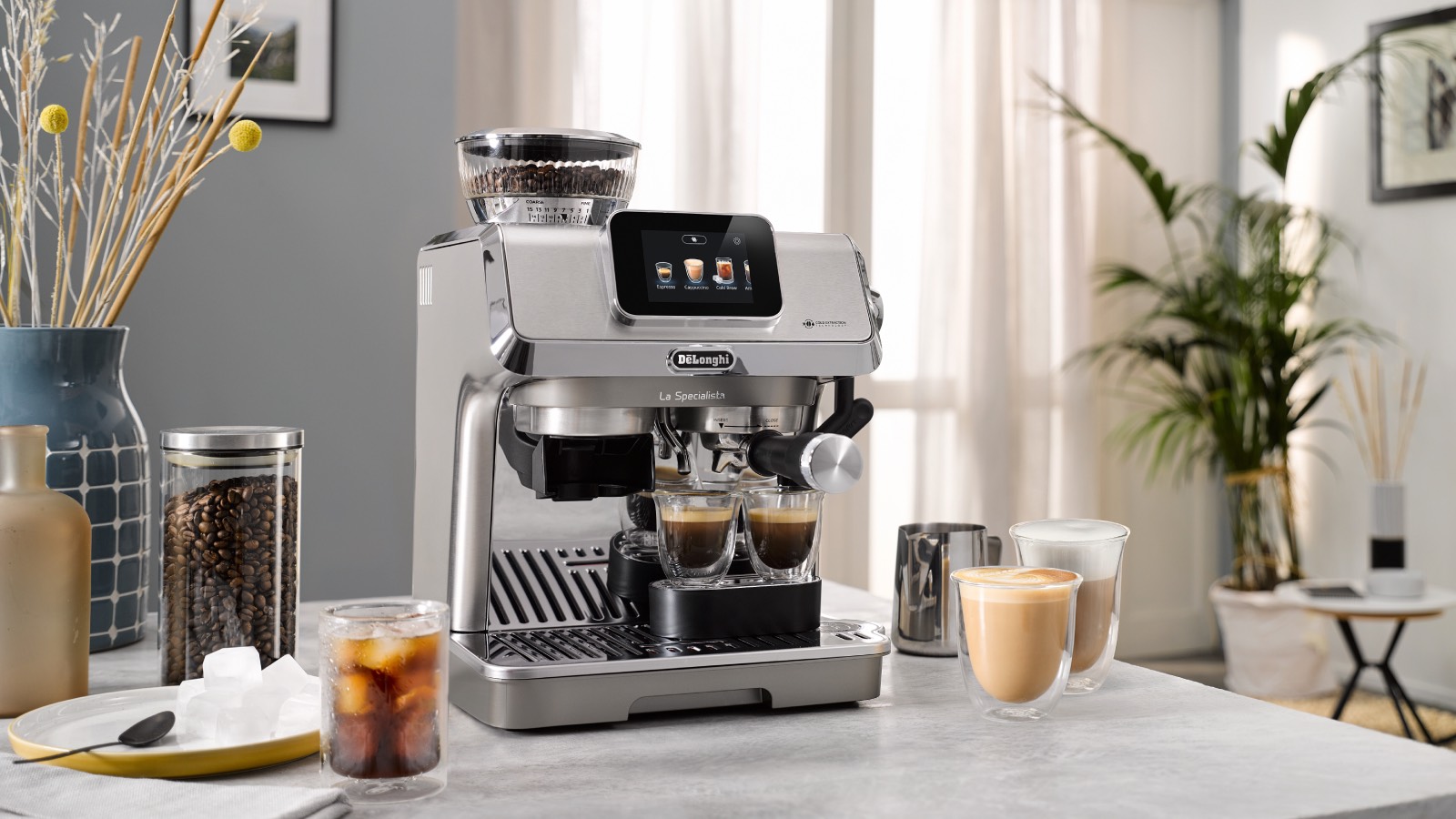
6. There's no need to obsess over bar pressure
When you're shopping for a machine, you may notice manufacturers making a lot of fuss about bar pressure. But Ben doesn't believe it makes much of a difference.
“Bar pressure is a bit of a misnomer in the home machine world," he says. Most commercial espresso machines costing thousands of pounds aim for consistency, not a specifically high pressure. Nine bars is pretty standard – the key is that your machine delivers the same pressure every single time, and is able to extract the best flavour out of your grounds."
"When a £200 machine says it does 15 bars, that doesn’t really mean much — it’s just the capability of the boiler. I wouldn’t be looking for a high bar pressure necessarily. It's more important when it comes to the boiler that provides the steam for your milk.”
Once you know what kind of machine best suits your needs, it makes buying the right model a breeze. The next thing you need to consider is where to place a coffee machine in your kitchen to get the most out of your appliance.

Amy is a PPA award-winning Digital Editor who has been working in the wonderful world of interiors for over 16 years. She has worked on titles including Inside Readers’ Homes, Inspirations for Your Home, Country House & Home and 25 Beautiful Kitchens magazine. After a stint on Beautiful Homes, she joined Ideal Home in 2010 as a Consumer Editor, then Technology Editor where she was better known as 'Girl About Tech' to prove her credentials as a product expert before landing the role of Digital Editor of Ideal Home in 2017. She has gone on to work as Group Digital Editor at Ideal Home, Homes & Gardens & Livingetc, Head of Homes Audience at Future, and Homes Editor at Saga.
Amy now works freelance across leading world-renowned Homes & interior, Lifestyle and Tech titles such as Saga, Tom's Guide, Digital Trends, Homes & Gardens, Real Homes and Ideal Home.
You must confirm your public display name before commenting
Please logout and then login again, you will then be prompted to enter your display name.
